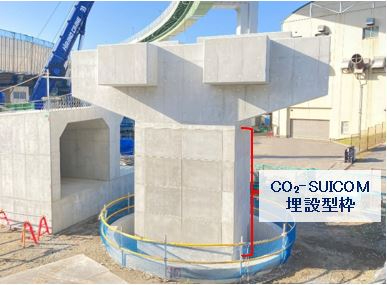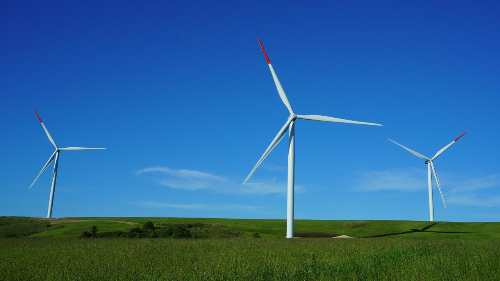JSTORIES ー There are approximately 24,000 startups in Japan, of which around 60% are based in Tokyo, with most of the rest spread out across Osaka, Kanagawa, Fukuoka and Kyoto. The city of Nagoya, however, which is Japan’s third-largest metropolitan area and a massive manufacturing base, is not even in the top five startup hubs in Japan.
A common explanation for this is Nagoya’s relative proximity to Tokyo. Startups founded in Nagoya often quickly move their base to Tokyo, where it is easier to secure staff and funding. By contrast, the city of Fukuoka, which is far from Tokyo on the southern island of Kyushu, has taken advantage of its relative closeness to the Asian continent to attract Asian startups to its innovation hub.
While Nagoya is still playing catchup as a startup hub, things have begun to change thanks to the MTG Ventures fund established in 2018. This fund was set up by the large Nagoya-based beauty and health products company MTG. The firm invited Gou Fujita, who formerly led the investing holding company at JAFCO to a listing on the Tokyo Stock Exchange, to head the fund, which has been actively investing in Nagoya startups.
In 2019, MTG Ventures opened its Nagoya Campus on the site of a former elementary school. Inspired by the Fukuoka Growth Next(FGN)project, launched two years before, Nagoya City established a structure to provide concentrated support to startups. Toyota-affiliated Towa Real Estate, which has its roots in the Tokai region around Nagoya, helps support the campus facilities.

That support includes the high-profile STATION Ai innovation base, which is also backed by Aichi Prefecture and opened in November 2024. It was inspired by STATION F in Paris, but constructed from scratch rather than by renovating an existing facility.
The Tokai region, with Nagoya at its center, is home to huge automobile supply chains, most notably for Toyota. But just as Shenzhen in China transitioned from smartphone to drone production, this region has the potential to shift from producing automobile technology to supporting startups in the fields of space development and next-generation mobility.
The laboratories of Nagoya University and other academic institutions also have many dormant “technology seeds” — in other words, sophisticated and advanced technology that hasn’t yet found practical use in society. There are moves to match these seeds with business entrepreneurs to create impactful “deep tech” (advanced technologies based on scientific and engineering innovation) startups.

Lately, some Tokyo startups have also recognized the strength of the Tokai region’s manufacturing and life science sectors and decided to set up sales bases in Nagoya. Even Nagoya startups that have moved their HQs to Tokyo will have more reason to continue their local operations if they can access key human resources and funds locally.
For Nagoya to flourish as a startup hub, angel investors and independent seed VCs with local roots will be vital. These could support startups in their early stage, which, as they grow, will become able to raise funds from Tokyo and overseas VCs.
Nagoya is a manufacturing city famous for its strong business development and technological expertise. Bringing together "monozukuri" manufacturing traditions and a forward-looking startup culture, could give it a powerful advantage over other regions. Already a renowned industrial city, Nagoya could steadily become a new hub for innovation and cutting-edge technology.
Translated by Tony McNicol
Edited by Mark Goldsmith
Top photo by Tomio344456 - Own work, CC BY-SA 4.0 via Wikimedia
For inquiries regarding this article, please contact jstories@pacificbridge.jp
***
Click here for the Japanese version of the article







![[Interview: Part 1] From nourishing souls to feeding the hungry](https://storage.googleapis.com/jstories-cms.appspot.com/images/1763695595492unnamed_bigthumbnail.jpg)

![[Podcast] Foreign founders are changing how Japanese start startups (Part 7)](https://storage.googleapis.com/jstories-cms.appspot.com/images/1763538829673unnamed_bigthumbnail.jpg)
![[Podcast] Foreign founders are changing how Japanese start startups (Part 6)](https://storage.googleapis.com/jstories-cms.appspot.com/images/1763000777388unnamed_bigthumbnail.jpg)





![[Interview] When digital and physical worlds meet](https://storage.googleapis.com/jstories-cms.appspot.com/images/1747974430456unnamed-2_smallthumbnail.png)
![[Interview] How Japanese musician Grover turned his passion of ‘sound’ into a health-tech startup](https://storage.googleapis.com/jstories-cms.appspot.com/images/1746181078493R7__1407_smallthumbnail.jpg)



![[Podcast]How to build a successful startup community ー Interview with Tim Rowe at Cambridge Innovation Center (Part 2)](https://storage.googleapis.com/jstories-cms.appspot.com/images/1748493203370business-man-holding-light-bulb-social-network-2024-10-31-22-37-36-utc_smallthumbnail.jpg)


